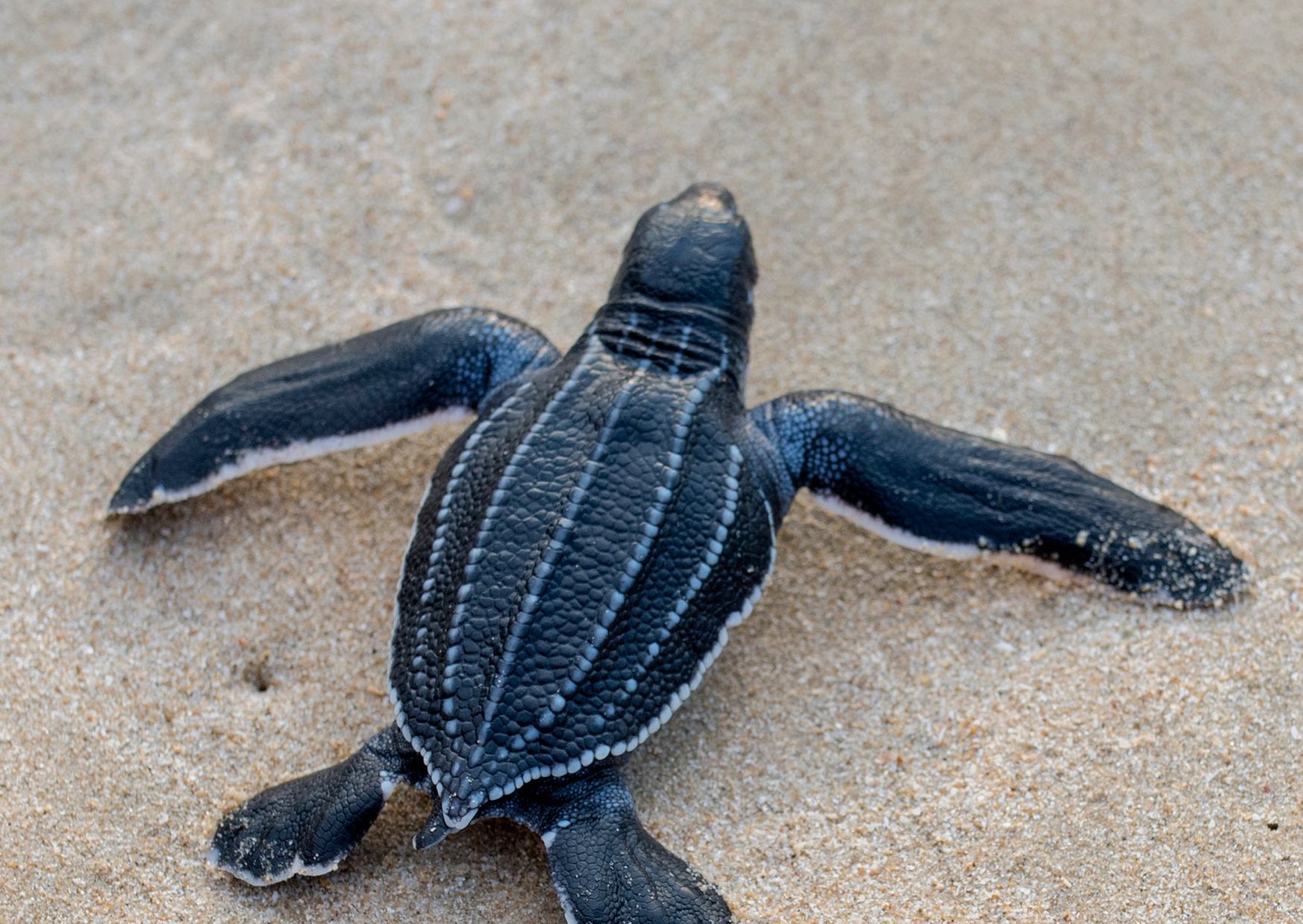
They discovered the largest known nesting site of the giant South American river turtle, a species already fighting for survival, with over 41,000 turtles counted thanks to an innovative drone study.
A team from the University of Florida and the Wildlife Conservation Society combined cutting-edge drone technology with advanced statistical modeling to crack one of wildlife conservation’s toughest puzzles: how to count animals accurately without disturbing them. Their work, published in the Journal of Applied Ecology, not only sets a new record but also opens doors for smarter, less invasive monitoring of wildlife worldwide.
The stars of this discovery are the giant South American river turtles, or Arrau turtles. These gentle giants are among the largest freshwater turtles on Earth, growing up to nearly a meter long and tipping the scales at 80 kilograms. Their shells range from olive green to dark gray, and every year during the dry season, thousands of females flock to sandy riverbanks to lay their eggs in a breathtaking natural spectacle.
But despite legal protections, these turtles face serious threats from poaching and habitat loss. Tracking their numbers has always been tricky. Traditional counts require boots on the ground, which can disturb the turtles and often produce inconsistent results. Even drone surveys aren’t foolproof, since turtles move around, making it easy to double count or miss some entirely.
To tackle this challenge, lead researcher Ismael Brack and his team designed a brilliant new approach. Over 12 days, drones flew four times daily above a key nesting site on the Guaporé River. They marked nearly 1,200 turtles with white paint to track individuals, snapping over 1,500 high-resolution photos during each flight. These images were pieced together into detailed maps showing which turtles were nesting, moving, or resting.
Using clever probability models, the team balanced out the numbers from traditional counts and raw drone footage. Ground surveys had estimated about 16,000 turtles while the uncorrected drone photos suggested almost 79,000. The new method found the middle ground: a confident estimate of just over 41,000 turtles.
“This is a game changer for conservation,” Brack explains. “If we can’t get the numbers right, how do we know if the turtles are thriving or struggling?”
Beyond their impressive size and numbers, Arrau turtles are crucial to the Amazon’s ecosystem. They disperse seeds and provide food for predators. Their nesting beaches support entire communities of plants and animals, helping keep the river system healthy and balanced.
Getting an accurate turtle count means conservationists can protect the right places and focus resources where they matter most. And this drone-powered counting technique could help monitor other tricky-to-count animals, like seals, mountain goats, or elk.
Looking forward, the team hopes to use their method across the Amazon—from Colombia to Peru and Venezuela—to track turtle populations and guide conservation efforts with even greater precision.
This discovery is more than a number; it’s a glimpse into nature’s incredible resilience. Tens of thousands of endangered turtles coming together in one place remind us that, even in a changing world, wild wonders endure.
Thanks to drones, data, and the dedication of scientists, we’re seeing the Amazon in a new light—and finding better ways to protect its remarkable creatures.
Photo by Riza Azhari from Getty Images Signature
